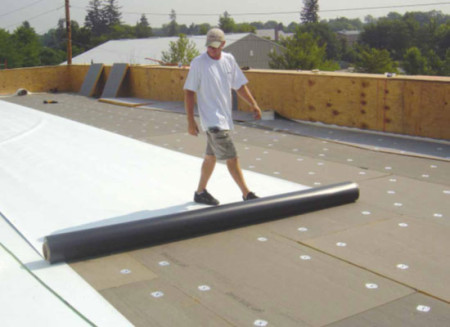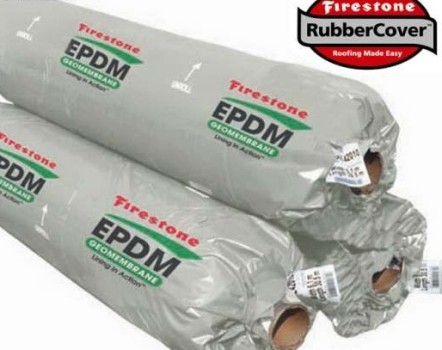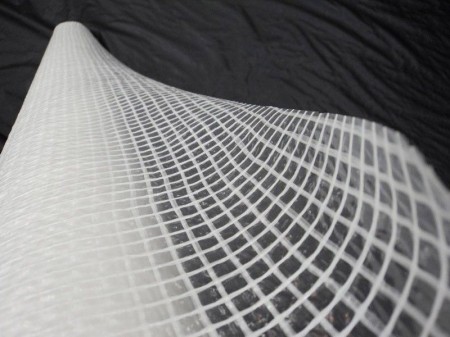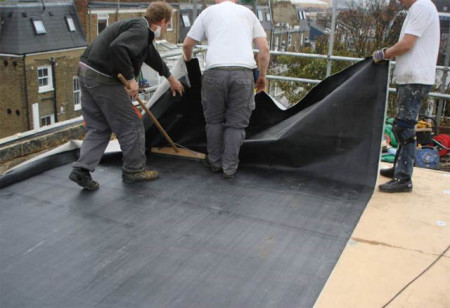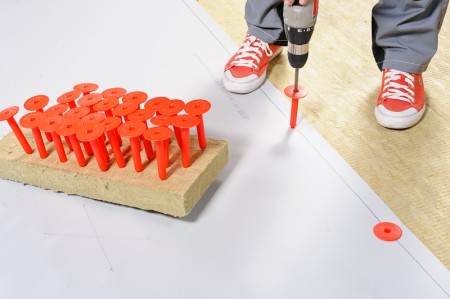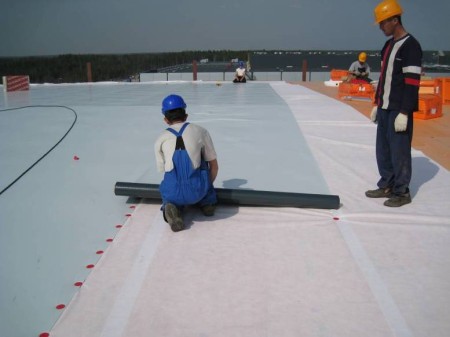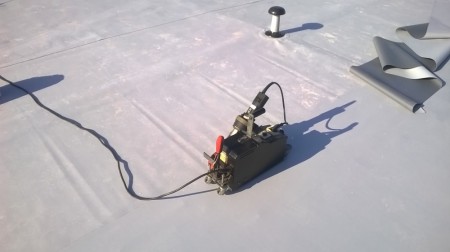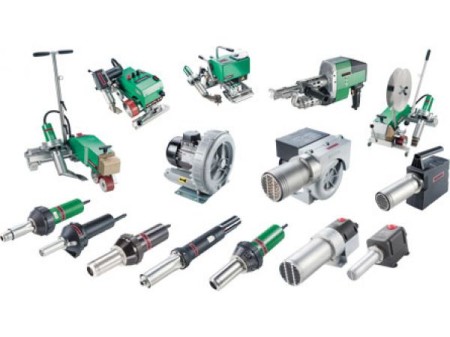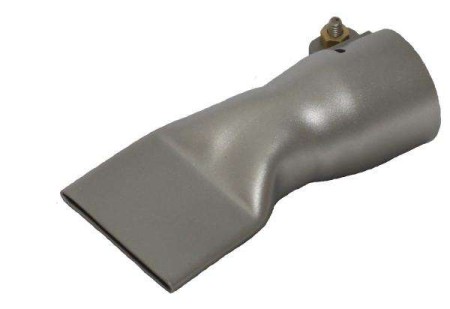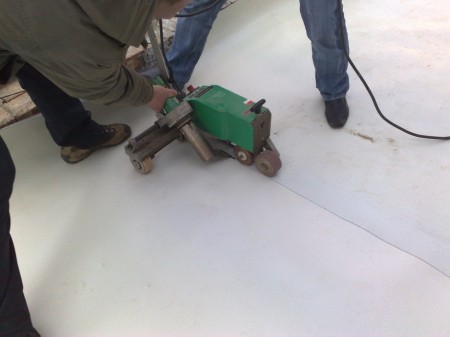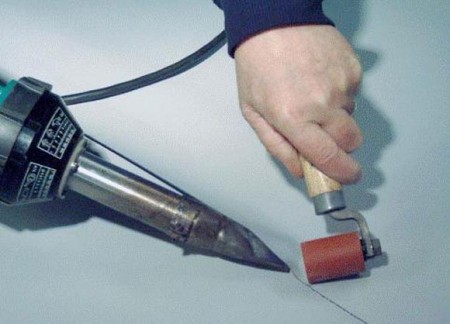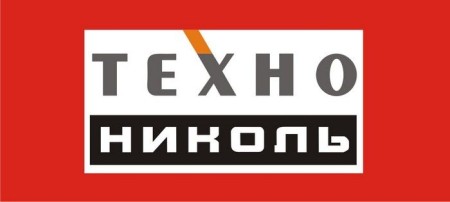New technologies appear constantly, and together with them the choice in the market of building materials grows. Goods that have appeared recently have a lot of advantages - for example, ecological compatibility, long service life, etc., however they cost much more. One of the new and, without a doubt, promising materials that have a lot of advantages and at the same time does not require high costs in production is a roofing PVC membrane. In the future this building material can become accessible to the bulk of the population, but for the time being, unfortunately, because of its high cost, few can afford it.
Content
Membrane roofing: classification
So than this, not cheap material attracts buyers so much? First and foremost, it is, of course, quality and durability. Membrane roofing - an excellent option for owners of shopping centers of large areas, and all buildings in general, inside of which access to moisture is highly undesirable. We are talking about hypermarkets, warehouses, various kinds of industrial premises, museums, art galleries, etc.
The use of membrane roofing on such buildings allows you to safely forget about the problems with the roof for at least 30, and even for all 50 years. This is a huge cost savings and time for owners. But only on condition that the membrane was mounted correctly.
basic groups of roofing membranes
With the notation "TPO"
The material is based on synthetic rubber, which is reinforced with polypropylene for additional strength. Elastic, resistant to chemicals. At the moment is the most common type of roofing membrane. Sufficiently convenient to install.
With the notation "EPDM"
This type of membrane roof is the most "early" among polymer roofing materials. Successfully used for more than fifty years in the US and Canada. At the heart of the material is the same synthetic rubber. Membrane roofing of this type is also used for roofs that have a complex configuration.
Criteria for choosing roofing membranes
From the rich assortment offered by the modern market, it is possible to choose the reinforced and usual material. As for the reinforced membrane, it has one significant drawback - almost complete lack of elasticity.
And if the developer wants to save a little on the finished elements of the roof (funnels and corners), then one should keep in mind that they can be made independently only from an unreinforced elastic membrane.
In addition, the type of membrane roof plays a big role in choosing a certain roofing. For example, if it is supposed to fasten the membrane with a ballast method, then any kind of roof will do.
In the case where a mechanical method of fastening is used (with the help of screws), then the choice depends on the builder, since each self-tapping screw with the washer is hermetically sealed by a patch that does not need special elasticity.
However, if you make all the elements of the roof yourself, and at the same time the material is to be welded together, it makes sense to purchase an unreinforced membrane. But it should be noted that the manufacture of roofing parts requires certain experience and skills and takes too much time.
So sometimes it's better to just buy a ready roll of reinforced material and a set of blanks to it, than to spoil expensive film and waste precious time.
As we already mentioned above, the reinforced membrane is distinguished by the presence in its composition of a special net, for example, the logicroof membrane, which is reinforced with a polyester mesh.
Advantages and disadvantages of roofing membranes
PVC roofing, like other types of roofing, has its advantages and disadvantages. Advantages include:
• High resistance to temperature changes.
• Ability to fully retain its properties in frost and heat.
• High strength and resistance to moisture allow the membrane to withstand high loads: a massive layer of snow, hail pressure or heavy rain.
• Easy and simple to install and repair. All work can be carried out independently of the ambient temperature.
• A unique combination of steam and waterproofing properties does not allow using additional expensive materials (superdiffuse and waterproofing films).
• Long service life. Repair of the roof will be required (if at all) at least after 30-50 years of uninterrupted service. Such a coating does not rust, does not oxidize, will not stain. The membrane does not exfoliate paint, its surface does not spoil the birds.
• Fire safety.
• Due to its light weight, the film can be transported without problems and raised to a height.
• The membrane can be mounted even on top of the old coating, after cleaning and drying it.
• High speed of installation - up to 600 m² of material can be stacked per shift.
• Minimum of joints.
• Membrane roofing is one of the best methods of waterproofing a building.
The disadvantages of this material are much less, but, nevertheless, they are:
• The membrane for the roof is not very resistant to solvents.
• To achieve high elasticity of the material, manufacturers add a fairly large number of plasticizers (up to 40%), whose evaporation is toxic. In addition, with intensive evaporation of plasticizing substances, the properties of the material deteriorate significantly.
• Another drawback - over time, the material loses its color. The more time passes, the more the membrane discolored.
• High price. Today, on the roofing pvc membrane, the price, to put it mildly, bites. This material is available only to wealthy businessmen and wealthy citizens. However, its use is more than justifiable from a financial point of view, since the roof repairs performed pay off with a vengeance. There is no need to dismantle the old roof or repair the screed.
Features of the device of roofing membranes can strongly affect the choice of the buyer. Sometimes it is simply impossible to buy the desired material, since it simply does not fit. For example, one of the main disadvantages of TPO coatings is their very low elasticity. However, they are best among all polymer roofing materials to withstand negative temperatures. The disadvantage of EPDM materials is the need for adhesive bonding using a special tape. The strength of such a joint is very low compared to a welded seam. Although, the EPDM membrane is sometimes available for sale, the roofing of which is done by welding. Membrane roofing is most often used for roofs of residential buildings and public enterprises. This type of roof is best suited for flat or low angle roofs.
Membrane roof mounting technology
When installing the vast majority of polymer roofing, the connection is welded, as the most reliable and durable way of binding the canvas. At the same time, manual or automatic welding equipment is used, with the help of which it is possible to weld sheets with hot air.
However, some types of membranes can be joined together only with the help of special solvents or adhesive tapes.
Another way of installing roofing membranes is mechanical. At the same time, the overlap of the sheets is not less than 12 centimeters, the screws are screwed together with special fittings, and the screwing points are hermetically sealed.
Important: the width of the nozzle for manual welding of the membrane should not be less than 4 centimeters. The nozzle itself should be clean and free of damage.
Immediately before work, the welding machine is heated to a temperature of 550 degrees.
If the work is done on its own, it does not hurt to practice a little. You can find on the web a suitable video for theoretical acquaintance.
For training, you need to take two small pieces of membrane and try to connect them together. First, you need to saddle the minimum overlap of 6 cm. After warming the device, make a point attachment on the seam.
Important: in "field" conditions, when working with a solid cloth, the overlap width must be more than 6 cm. The material is grasped pointwise with an interval of not more than 50 cm. The nozzle is positioned relative to the blade at an angle of 45 ° during operation. It is not necessary to hurry, all actions must be done accurately and smoothly. In no case should you push too hard on the surface and make sharp and careless movements.
As an indicator that everything is going right, a slightly noticeable smoke of whitish color may appear.
When using a manual welding machine, it is necessary to check the correctness of the settings, the condition of the nozzle (it must be clean) and the angle of inclination before work. After this, the heated apparatus is set in the correct position relative to the membrane web. Then, with a calm, confident movement, draw a line, applying a hot air stream to the seam, after which the seam is immediately rolled with a small silicone roller.
After that, you should check the seam for strength. If you try to break the seam, if the membrane is torn on it, it means that the temperature was too high, the canvas did not connect properly.
If a seam was not formed at the welding site, and the two surfaces simply coalesced together - the temperature of the welding machine was too low.
The canvas tore next to the seam - the welding of the roofing membrane was done qualitatively, the training was successful, you can start working.
Important: after the joining of the fabrics, it is necessary to check the quality of the seams. To do this, seam the tip of a flat screwdriver - so you can immediately identify badly cooked areas and eliminate future leaks.
To be 100% sure of the tightness of the seam, it can be additionally treated with liquid polyvinyl chloride.
With regard to automatic welding equipment for roofing membranes, it has many advantages over manual: convenience, high speed, quality of the finished seam.
In the absence of necessary experience, it is strongly recommended to use the services of specialists - to save your own time.
Finished roof elements
One of the proven and well-proven manufacturers of roofing materials on the Russian market is the company Tekhnonikol. Membrane Technonikol is a high-quality product at a quite democratic price. The manufacturer supplies membrane roofing materials with various blanks of all required sizes. This includes: finished corners, funnels and other necessary for high-quality assembly details. If it is necessary to install the polymer roof as quickly as possible, it is recommended that you buy ready-made parts and ask for help from a specialized construction company whose employees will work at the maximum speed and at the proper level.



